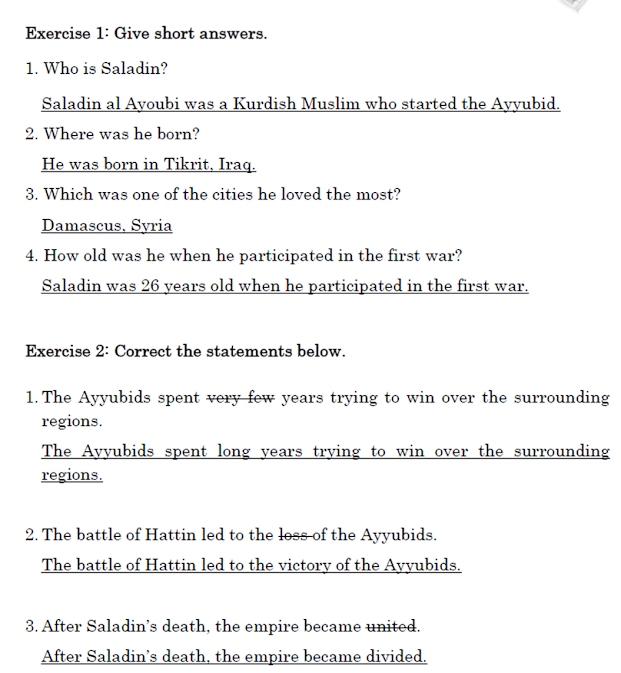Explain the Effect of surface area, Concentration on Rate of Reaction. What is Collision Theory ?

Explain the Effect of surface area, Concentration on Rate of Reaction. What is Collision Theory? Effect of surface area: Ever tried to light a bonfire or a camp fire. Which burns more quickly -a block of wood or a pile of wood shavings? Small pieces of solids, especially powders, react faster than large pieces. As we increase the surface area, the rate of reaction increases. Collision theory: Effect of Concentration: As we increase the concentration, the rate of reaction increases.











